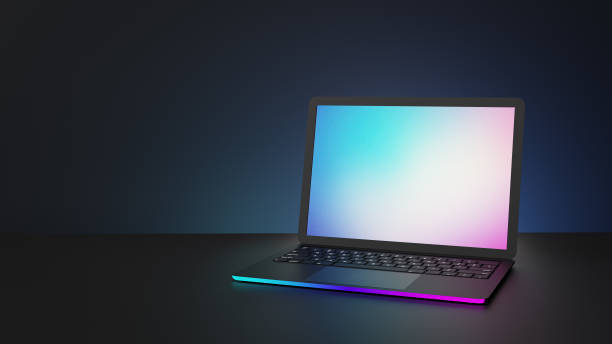If you’re a game enthusiast, then there’s no doubt that your laptop is an integral part of your life. It helps you get work done while playing games or watching movies on Netflix. But if it doesn’t have enough power, then it can be frustrating.

That’s why we’ve put together this guide to help you find the best 14-inch gaming laptops. We’ll cover everything from resolution, refresh rates, screen sizes, ports, and more! So let’s dive in.
-
Size
The first thing you need to think about before buying any computer is its size. If you want something small and light, then look at 14-inch laptops. They are perfect for people who often travel because they don’t take up much space. However, if you like bigger displays with better graphics capabilities, then go ahead and buy yourself one of these larger models. The most popular choice would probably be 14-inch gaming laptops as they offer great performance and come with large display panels. You should always keep in mind what kind of content you will use your laptop for, so make sure you choose wisely.
-
Resolution
Resolution refers to how many pixels your monitor has. This number determines how sharp and clear images appear on your screen. Most monitors today feature 1920 x 1080, which means they have 1 million pixels. Some newer ones even support 2560×1600, 3200×1800, 3840×2400. These numbers may seem high, but they still provide excellent image quality.
-
Refresh rate
Refresh Rate is another factor to consider when choosing between different types of computers. A higher refresh rate allows smoother movement across the screen. For example, 60Hz refreshes every 16 milliseconds, whereas 120Hz does it every 10ms. Higher refresh rates allow for faster response times and less stuttering during gameplay. In general, anything above 75hz is considered good for gamers. There are some exceptions, though, such as 144hz being used by certain professional players. As long as you aren’t looking to play competitively, then you shouldn’t worry too much about this aspect. Just remember that lower refresh rates do not necessarily mean worse visuals. Many modern LCD panels now support 240 Hz and 300 Hz. Even 4K TVs can reach over 1000 Hz. All of these options give us fantastic picture clarity.
-
AMD FreeSync & Nvidia G-sync
AMD FreeSync technology works by synchronizing the frame rate of both the GPU and CPU. When using FreeSync enabled GPUs, the system automatically adjusts the frame rate based on the current output frequency. This ensures smooth playback without tearing or stuttering. While Nvidia G-Sync uses similar tech, it only supports its own hardware. Both technologies require compatible video cards to function properly.
-
Touchscreens
Touchscreen interfaces are becoming increasingly common on notebooks. Unfortunately, they tend to lack precision and accuracy compared to traditional mouse/keyboard setups. Also, they usually cost extra money. Unless you plan on doing heavy touchscreen usage, I’d recommend avoiding them together.
Conclusion
In a nutshell, there’s no single best option out there. It really depends on what type of gamer you are and what features matter more to you. You can consider 14-inch gaming laptops since they’re easier to carry around. But if you enjoy playing games online, then maybe you’ll find yourself wanting a slightly larger device. Either way, just try to avoid cheap products. Make sure you get a reliable brand name product from reputable manufacturers.
TechnologyHQ is a platform about business insights, tech, 4IR, digital transformation, AI, Blockchain, Cybersecurity, and social media for businesses.
We manage social media groups with more than 200,000 members with almost 100% engagement.